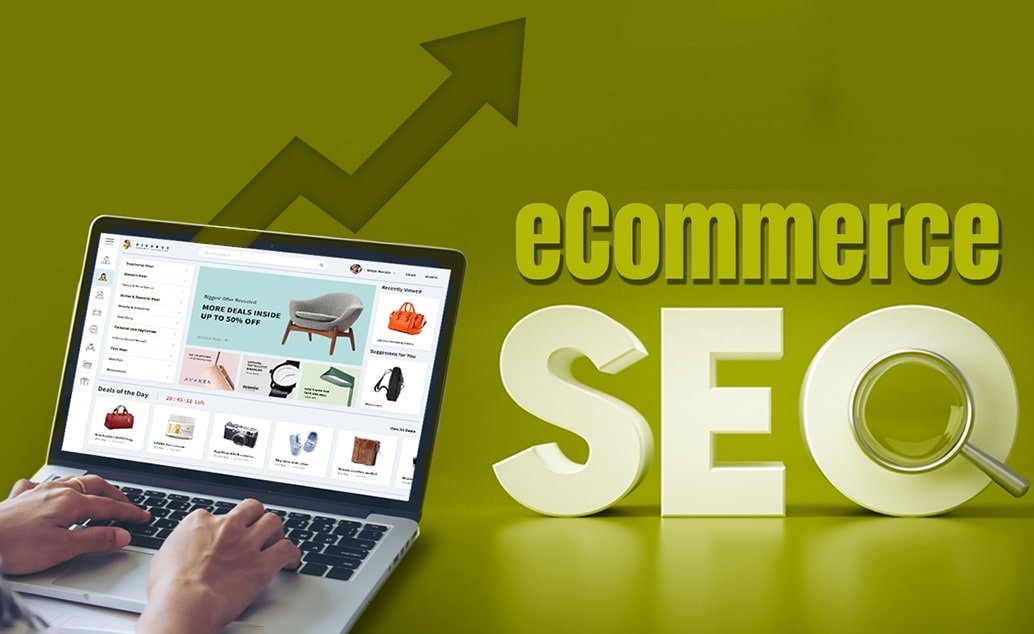
If you manage an online store, you understand how critical it is to attract customers. However, having a terrific product isn’t enough. You must make sure that your store is visible to potential clients. SEO boosts your website’s visibility on search engines like Google, making it easier for customers to find you. Here are some simple tips to boost your e-commerce SEO and increase your online visibility.
1. Conduct Keyword Research
Keyword research is the first step in optimizing your online store. This means finding out what words and phrases people use to search for products similar to yours. Use tools like Google Keyword Planner, Ahrefs, or Ubersuggest to discover relevant keywords. Concentrate on terms with high volume of searches and minimal competition. Incorporate these keywords naturally into your product descriptions, titles, and blog content.
Long-Tail Keywords
Don’t forget about long-tail keywords, that constitute longer, more precise phrases. For example, instead of just “shoes,” you might target “women’s running shoes for flat feet.” These keywords can be less competitive and often lead to higher conversion rates because they attract more targeted traffic.
2. Optimize Product Descriptions
Each product page on your e-commerce site should have unique and detailed descriptions. Avoid using manufacturer descriptions, as they can be duplicate content. Instead, write your own descriptions that include relevant keywords. Be sure to highlight the benefits of your products and answer any common questions customers might have. This not only helps with SEO but also encourages potential buyers to make a purchase.
Key Features and Benefits
When writing product descriptions, consider including a section for key features and benefits. Use bullet points for easy reading, and focus on what makes your product unique. This can help potential customers make informed decisions and can improve the likelihood of conversions.
3. Use High-Quality Images
High-quality images are essential for e-commerce sites. Customers want to see what they are buying, and clear images can greatly enhance their shopping experience. Optimize your photographs by utilizing explanatory name extensions and integrating alt text with relevant keywords. This helps search engines understand what your images are about and can improve your visibility in image searches.
Image Optimization Techniques
Consider using many photographs of each item, featuring close-ups and ambient shots. This gives customers a better understanding of the product and can reduce return rates. Also, compress your images to improve site loading speeds without sacrificing quality.
4. Improve Site Speed
A slow-loading website can hurt your SEO and drive potential customers away. If your site takes too long to load, visitors may leave before they even see your products. Use tools like Google PageSpeed Insights or GTmetrix to check your site’s speed and get suggestions for improvement.
Techniques for Faster Loading
Consider compressing images, minimizing CSS and JavaScript files, and using a content delivery network (CDN) to enhance loading times. You can also optimize your website’s code by removing unnecessary plugins or scripts that could be slowing it down.
5. Create a Blog
Having a blog on your e-commerce site can be a great way to improve your SEO. By writing informative and engaging content related to your products, you can attract more visitors to your site. Use the keywords you’ve researched in your blog posts to help drive traffic.
Blog Ideas
Consider topics that resonate with your audience. If you sell beauty products, you might write about makeup tips or skincare routines. Regularly updating your blog not only helps with SEO but also establishes your store as an authority in your niche.
6. Build Quality Backlinks
Backlinks are referrals from various websites that point to your own. They are vital for boosting your SEO. The more high-quality backlinks you possess, the more authoritative your website becomes in the perspective of search engines. Reach out to bloggers, influencers, or websites in your niche and offer to collaborate or guest post.
Guest Blogging and Collaborations
Guest blogging is a powerful strategy. By writing guest posts for reputable sites, you can showcase your expertise and link back to your store. This not only improves your SEO but also drives targeted traffic from those sites to yours.
7. Utilize Social Media
Social media can play a significant role in driving traffic to your online store. Share your products and blog content on platforms like Facebook, Instagram, and Twitter. Engage with your readers and urge them to share your posts. The more people interact with your content, the more visibility you’ll gain, which can positively impact your SEO.
Creating Engaging Content
Post visually appealing content, such as product photos, customer reviews, and behind-the-scenes videos. Consider running contests or promotions to boost engagement and attract new followers.
Conclusion
Implementing these SEO tips can help boost your e-commerce store’s visibility and attract more customers. Remember that SEO is an ongoing process that may take some time to provide results. Stay consistent with your efforts, keep learning, and adapt your strategy based on performance. With dedication and the right approach, you can enhance your online presence and grow your business
Read More: A Guide to SEO Metrics: What to Measure and Why It Matters
